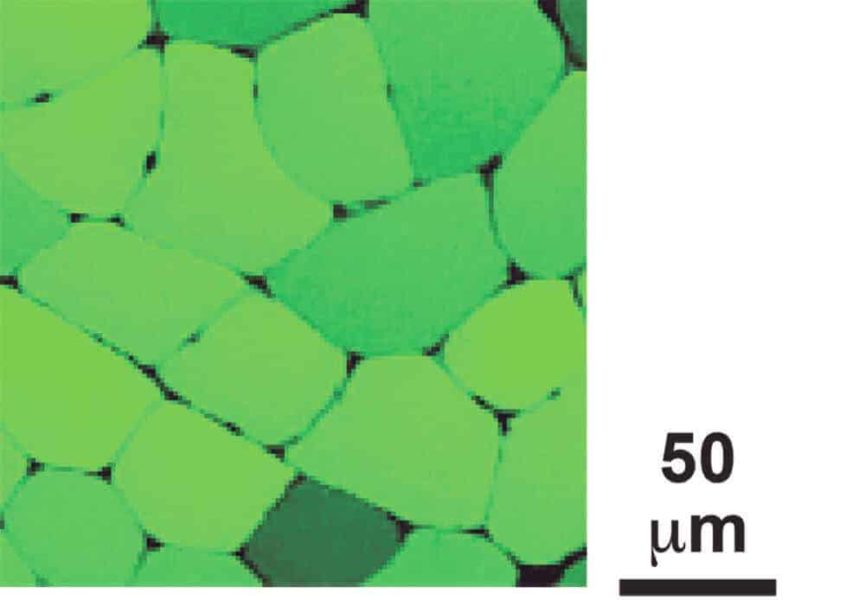Muscle wasting, or atrophy, is a serious condition that affects millions of Americans. Aging is the most common cause, but muscle atrophy also happens as a result of muscle disuse—after injury or spinal cord damage, for example—malnutrition, critical illness, or advanced chronic diseases like cancer.
Although muscle atrophy is very common, the molecular pathways that cause it, and that might be targeted to create therapies, are complicated and not well understood. But a University of Iowa team has identified several key components in the development of this condition that could advance progress on treating it.
UI researchers led by physician-scientist Christopher Adams previously discovered that increased levels of a single muscle protein triggers muscle atrophy. In a new study, published in the Journal of Biological Chemistry, Adams and colleagues at the UI and the Buck Institute for Research on Aging in Novato, California, continued their work investigating this protein, Gadd45a (Growth Arrest and DNA Damage-inducible 45 alpha), in mice. By identifying other proteins that interact with Gadd45a during muscle atrophy, the scientists found a key partner for Gadd45 in this process, a muscle enzyme called MEKK4—a protein that had not previously been linked to muscle wasting.
“When we discovered Gadd45a, we thought other proteins might be required for its function,” says Adams, a professor of internal medicine in the UI Carver College of Medicine. “To find the proteins that interact with Gadd45a, we developed a new biochemical method and used it to pull out this protein’s partners in crime. Step by step, we’re putting together a molecular picture of how muscle atrophy happens, and we hope that will give us ideas for how to intervene and create therapies that can prevent or treat this serious condition.”
Overall, the new study found that Gadd45a protein interacts with 74 low-abundance muscle proteins during muscle atrophy. Thirteen of these proteins, including MEKK4, are a particular type of enzyme known as a protein kinase.
The study showed that Gadd45a forms a complex with MEKK4 in skeletal muscle. This interaction increases MEKK4’s enzyme activity, which induces atrophy of muscle fibers. Additional experiments with modified versions of MEKK4 showed that this protein is essential for Gadd45a to cause muscle atrophy and also that MEKK4 activity alone is enough to cause some muscle atrophy.
“In healthy muscle, levels of Gadd45a are very low, so MEKK4 remains inactive. However, any stress that causes muscle atrophy increases the level of Gadd45a in skeletal muscle. Gadd45a then causes muscle atrophy by binding and activating MEKK4,” explains Adams, who also is a member of the Fraternal Order of Eagles Diabetes Research Center at the UI and a physician-scientist with the Iowa City VA Health System.
Adams adds that the next step will be to apply the techniques developed for this study to identify additional proteins involved in muscle atrophy. The team’s long-term goal in understanding these molecular mechanisms is to find potential targets for treating muscle atrophy.
In addition to Adams, the research team included lead author Steven Bullard, a research specialist at UI; Birgit Schilling and Bradford Gibson of the Buck Institute; and UI researchers Seongjin Seo, Michael Dyle, Jason Dierdorff, Scott Ebert, and Austin DeLau.
Adams, Dyle, and Ebert are also affiliated with Emmyon Inc., a UI-based biotechnology company founded by Adams.
The research was funded in part by grants from the National Institutes of Health, the U.S. Department of Veterans Affairs, and the Fraternal Order of Eagles Diabetes Research Center at the University of Iowa.


